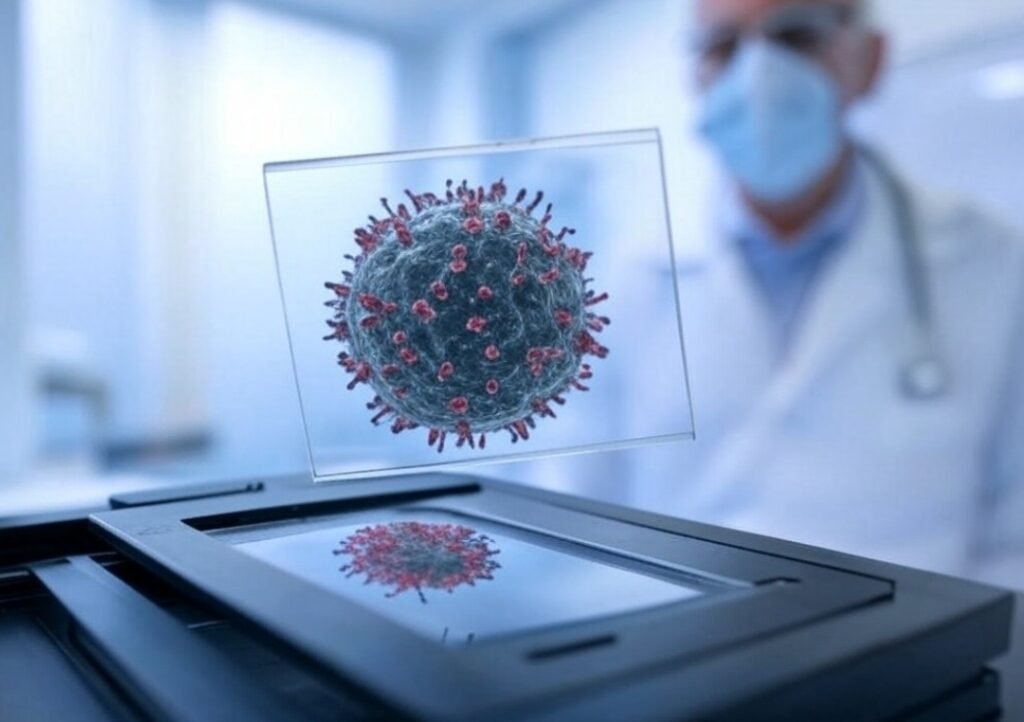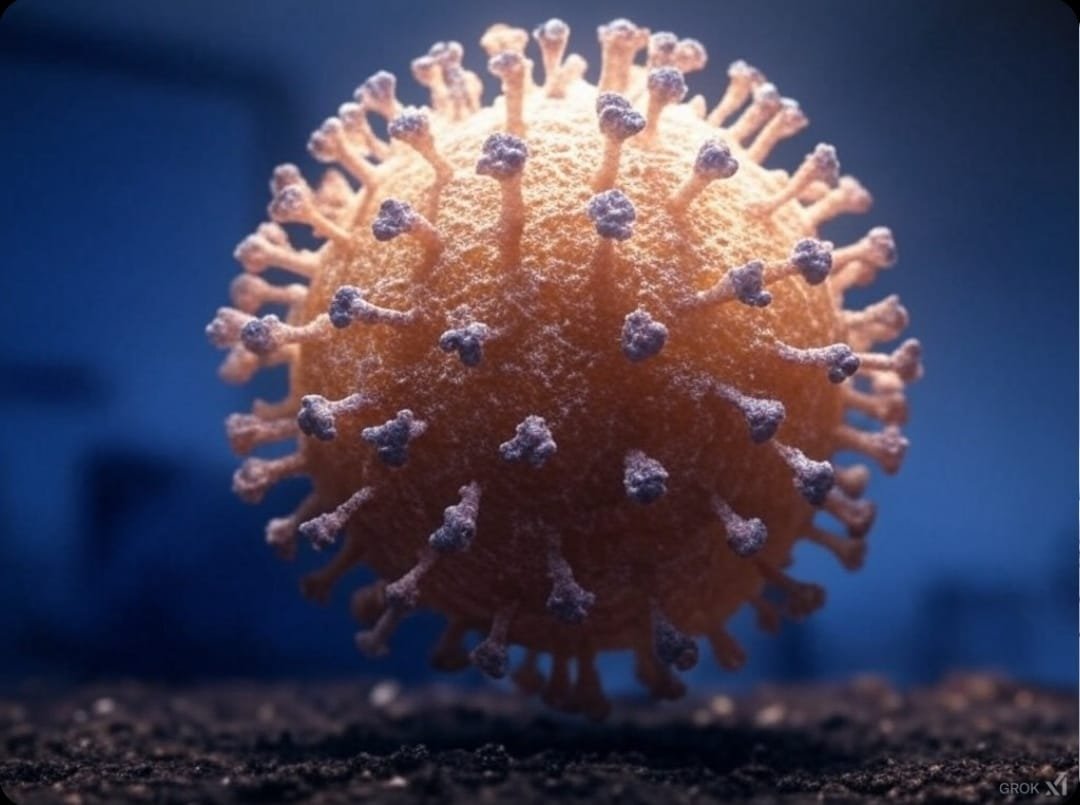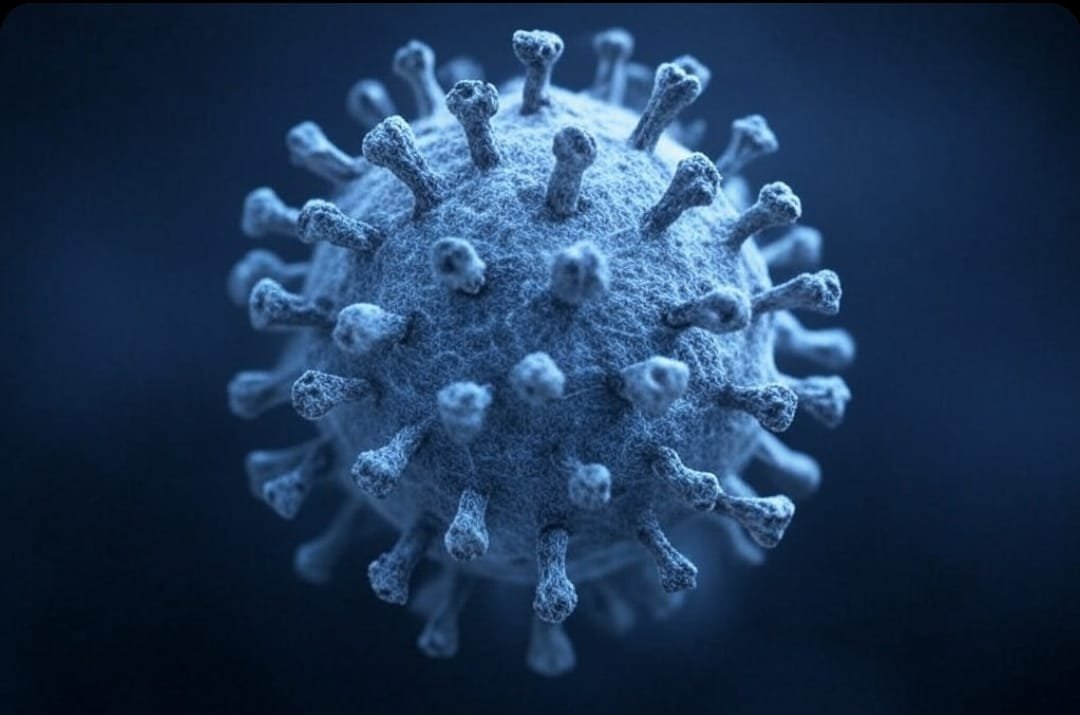“Human Metapneumovirus: 7 Key Facts You Need to Know”

Human Metapneumovirus: The Overlooked Threat to Respiratory Health
Human metapneumovirus (HMPV) is a highly contagious respiratory virus that often flies under the radar despite its significant impact on global health. This virus primarily causes upper respiratory infections, mimicking the common cold. However, it can escalate to severe complications, especially in vulnerable populations such as young children, older adults, and individuals with weakened immune systems. Understanding HMPV, its symptoms, transmission, and prevention, is crucial for mitigating its effects.
What is Human Metapneumovirus?
Human metapneumovirus is a member of the Pneumoviridae family, closely related to respiratory syncytial virus (RSV). First identified in 2001, this virus has been circulating globally for decades. While most cases result in mild symptoms, HMPV can lead to severe respiratory issues, including pneumonia and bronchiolitis, particularly in high-risk groups.
Symptoms of Human Metapneumovirus
The symptoms of human metapneumovirus often resemble those of a common cold, making it challenging to diagnose without specific testing. These include:
- Cough
- Fever
- Runny or stuffy nose
- Sore throat
- Wheezing
- Shortness of breath
- Rash (in some cases)
In severe cases, symptoms can progress to difficulty breathing and bluish discoloration of the skin, lips, or nails (cyanosis), signaling a need for immediate medical attention.
How Does Human Metapneumovirus Spread?
HMPV spreads through respiratory droplets, making it highly contagious. Common modes of transmission include:
- Coughing and Sneezing: Inhaling infected droplets from a sick person.
- Direct Contact: Shaking hands, hugging, or close interactions with an infected individual.
- Contaminated Surfaces: Touching objects like doorknobs, toys, or keyboards and then touching your face.
Risk Factors for Severe Illness
While anyone can contract human metapneumovirus, certain groups are at a higher risk of severe complications:
- Infants and Young Children: Particularly those under five years old, with peak severity between 6-12 months.
- Older Adults: Especially those over 65.
- Individuals with Chronic Conditions: Asthma, COPD, or other respiratory issues.
- Immunocompromised Individuals: Those with conditions like HIV, cancer, or autoimmune disorders.
Human Metapneumovirus vs. RSV
HMPV and RSV share similarities, as both belong to the Pneumovirus genus and cause respiratory infections. However, RSV tends to affect infants younger than six months more severely, while HMPV’s peak severity occurs slightly later. Both viruses can cause similar complications, making differential diagnosis essential in severe cases.
Diagnosis of Human Metapneumovirus
Diagnosing HMPV often involves a combination of symptom assessment and laboratory tests:
- PCR Testing: The most reliable method, detecting the virus within hours.
- Swab Samples: Collected from the nose or throat for lab analysis.
- Imaging Tests: Chest X-rays or bronchoscopy may be used to assess lung damage in severe cases.
Complications of Human Metapneumovirus
While most cases of HMPV resolve without intervention, complications can arise, especially in vulnerable populations. These include:
- Bronchiolitis: Inflammation of the small airways in the lungs.
- Pneumonia: A potentially life-threatening lung infection.
- Asthma and COPD Exacerbations: Worsening of pre-existing respiratory conditions.
- Ear Infections: Secondary infections like otitis media.
Treatment Options for Human Metapneumovirus
Currently, there are no antiviral medications specifically targeting HMPV. Treatment focuses on managing symptoms and preventing complications:
- Home Care:
- Drink plenty of fluids to stay hydrated.
- Use over-the-counter medications like acetaminophen or ibuprofen to reduce fever and relieve pain.
- Use saline nasal sprays or humidifiers to ease congestion.
- Hospital Care:
- Oxygen Therapy: For individuals struggling to breathe.
- IV Fluids: To address severe dehydration.
- Corticosteroids: To reduce inflammation in severe cases.
Antibiotics are ineffective against HMPV since it is a viral infection. However, they may be prescribed if secondary bacterial infections occur.
Preventing Human Metapneumovirus
Prevention is the best defense against human metapneumovirus. Simple yet effective measures include:
- Hand Hygiene: Wash hands frequently with soap and water for at least 20 seconds.
- Respiratory Etiquette: Cover your nose and mouth with your elbow when coughing or sneezing.
- Avoid Close Contact: Stay away from sick individuals and maintain distance in crowded spaces.
- Sanitize Surfaces: Regularly disinfect commonly touched objects and surfaces.
- Wear Masks: Especially in high-risk settings or when symptomatic.
How Long Does Human Metapneumovirus Last?
Most cases of HMPV resolve within a week, though lingering symptoms like a cough may persist longer. Severe cases may take several weeks to recover, particularly in individuals with underlying health conditions.
When to Seek Medical Attention
While most HMPV infections are mild, certain signs warrant immediate medical care:
- High fever exceeding 103°F (40°C)
- Difficulty breathing or rapid breathing
- Cyanosis (bluish skin, lips, or nails)
- Symptoms worsening despite home care
- Dehydration symptoms such as reduced urination or dry mouth
Outlook for Human Metapneumovirus
The prognosis for HMPV is generally favorable, with most individuals recovering fully. However, vulnerable groups must remain vigilant due to the risk of severe complications. Early diagnosis and supportive care can significantly improve outcomes.
Frequently Asked Questions About Human Metapneumovirus
- Is HMPV Just a Cold? While HMPV often causes cold-like symptoms, it can lead to severe respiratory issues in high-risk groups.
- Can You Get HMPV More Than Once? Yes, reinfections are possible, but symptoms are typically milder after the first infection.
- How Is HMPV Different from the Flu? HMPV and influenza are caused by different viruses. While the flu has specific antiviral treatments, HMPV does not.
- What Should I Ask My Doctor About HMPV?
- What over-the-counter medications are safe for symptom relief?
- How can I prevent severe complications?
- When should I follow up for a re-evaluation?
Human metapneumovirus is an often-overlooked respiratory virus that can range from mild to severe. Understanding its symptoms, transmission, and prevention is key to protecting yourself and those around you. By adopting good hygiene practices and seeking timely medical care when necessary, you can reduce the risk of severe outcomes associated with HMPV.





